INS, full name of Inertial Navigation System, is also referred to as inertial navigation system and sometimes referred to as inertial navigation system. Inertial navigation system is a system which uses gyroscope and accelerometer mounted on the carrier to determine the position of the carrier. Through the measurement data of gyroscope and accelerometer, the motion of the carrier in the inertial reference coordinate system can be determined, and the position of the carrier in the inertial reference coordinate system can be calculated.
Unlike other types of navigation systems, inertial navigation systems are completely autonomous in that they neither transmit nor receive signals from outside. The inertial navigation system must know exactly where the vehicle is at the start of navigation, and the inertial measurements are used to estimate the change in position after starting.
An inertial navigation system contains three accelerometers, each of which is sensitive to acceleration in one direction, usually perpendicular to each other. In order to navigate with reference to the inertial reference coordinate system, the direction of the accelerometer must be tracked. The gyroscope can be used to detect the rotational motion of the carrier with respect to the inertial reference coordinate system, so that the direction of the accelerometer at all times can be determined. With this information, we can decompose the acceleration into the reference coordinate system and integrate it.
Inertial system is an autonomous dead reckoning navigation system which uses inertial sensor, reference direction and initial position information to determine the bearing, position and speed of the carrier. It shall at least consist of an inertial measurement device, a digital computer, a control display device and a dedicated precision power supply. The motion of the carrier is carried out in three dimensional space. Its motion forms are linear motion and angular motion. Both linear motion and angular motion are three-dimensional space. To build a three-dimensional coordinate system, it is necessary to build a triaxial inertial platform. The three axis inertial platform can provide a reference for measuring the linear acceleration of three degrees of freedom. The three linear acceleration components of the known azimuths are measured, and the moving speed and position of the carrier are calculated by computer. Therefore, the first type of inertial navigation system scheme is the platform inertial navigation system. There is no "electromechanical" platform, the inertial component gyroscope and accelerometer are directly installed on the carrier, and a "mathematical" platform is established in the computer. Through complex calculation and transformation, the speed and position of the carrier can be obtained. This electromechanical platform inertial navigation system is the second category of inertial navigation system scheme, which is called strapdown inertial navigation system. According to the different use of core sensors, INS can also be divided into RLG INS, FOG INS, DTG INS and MEMS INS.
The Advantages
The inertial navigation system has the following advantages:
1.Because inertial navigation system is independent of any external information and an autonomous system that not radiates energy from the outside.Therefore, it has good concealment and is not affected by external electromagnetic interference;
2.Inertial navigation system can work all day long in the sky, on the earth surface and even under water.
3.Inertial navigation system can provide location, speed, azimuth and attitude Angle data, and the resulting navigation information is continuous and low noise.
4.High data update rate, short-term accuracy and good stability.
The Disadvantages
1.Due to the integration navigation system, the positioning error increases with time, and the long-term accuracy is poor;
2.Long initial alignment time is required before each use;
3.The equipment is more expensive;
4.Time information cannot be given.
China's inertial navigation technology has made great progress in recent years. The liquid floating gyro platform inertial navigation system and the dynamic tuned gyro four-axis platform system have been applied to the Long March series carrier rockets successively. Other miniaturized strapdown inertial navigation system, fiber optic gyroscope inertial navigation system, laser gyroscope inertial navigation system and inertial navigation system matching GPS correction have also been widely used in tactical guidance weapons, aircraft, ships, carrier rockets, spacecraft and so on. For example, the test flight of the new laser gyro strapdown system with drift rate of 0.01°~0.02°/h on the new fighter aircraft, the application of the fiber optic gyro and strapdown inertial navigation system with drift rate below 0.05°/h on ships and submarines, and the application of the miniaturized flexible strapdown inertial navigation system on various missile guidance weapons have greatly improved the performance of our military equipment.
Related Products
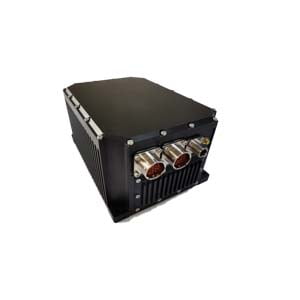
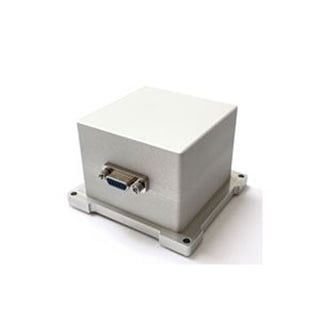
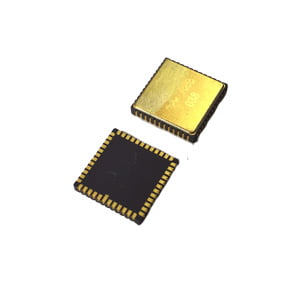
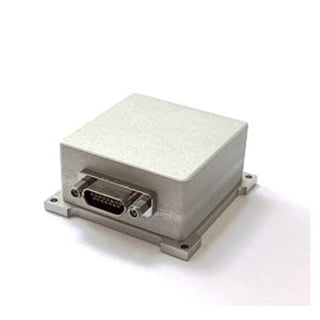
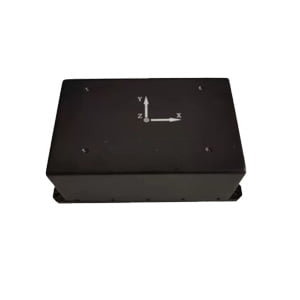
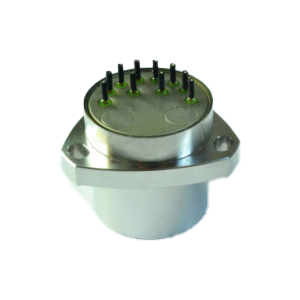
Related Questions
1.What is INS and How does it Work?
2.Differences between IMU, AHRS, VRU and INS
3.Price Analysis and Application Introduction of North Seeker
4.What is North-seeking related coordinate system?
5.Analysis of Typical Applications of MEMS Sensors
6.How do parameters affect the performance of the quartz accelerometer?

